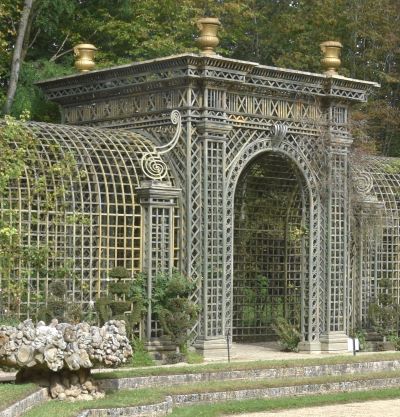SECTION 7: Preservative treated timber

Wood tissue performs several functions in a living tree – it transports water and nutrients, provides mechanical support, and allows nutrients to be stored for later use.
But it also provides a food source for many other organisms, in particular borers, termites and fungi.
In Section 3, we talked about the main types of insects and fungi that eat or degrade wood. Some of them only tend to attack living trees. But others will continue to seek out wood fibres for food after the log has been processed into timber.
There are various ways that timber can be protected from insect and fungal attack. One way is to use good building practices when the timber is installed in a structure, to stop the organisms from reaching the wood fibres. Another is to only choose timber species that have a high level of natural resistance to attack. We discussed the natural durability ratings of different timber species in Section 2: Durability.
A third way is to use preservative treatment chemicals to improve the resistance of the timber to attack. This allows timber species that would otherwise be non-durable, such as radiata pine, to be used in a much wider range of applications. It also enables specific types of organisms to be targeted if an otherwise durable timber has a particular susceptibility, such as when spotted gun flooring is treated against lyctid borer attack.
In this section, we’ll look at the main categories of preservative chemicals used to treat timber products and the end-use applications they’re designed for. We’ll also discuss the different treatment methods commonly used and some of the pros and cons that apply to them.
Contents
There are five lessons in this section: